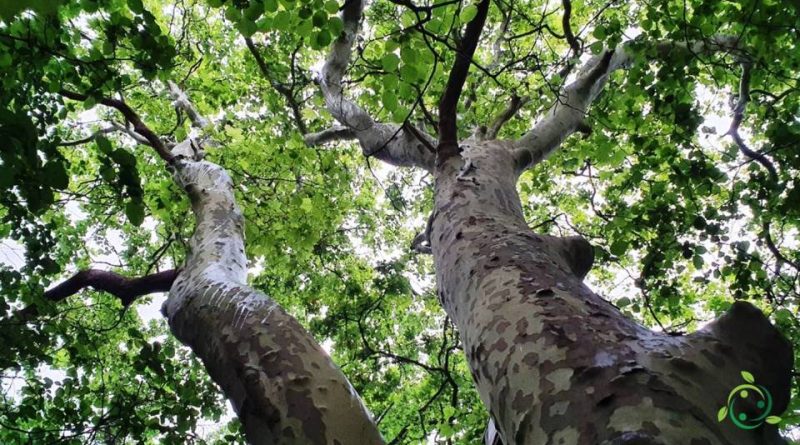Reproduction of the hybrid plane
Reproduction of the hybrid plane
The hybrid plane (Platanus hispanica Mill. Ex Münchh.) or (Platanus acerifolia (Aiton) Willd.) is a plant of the Platanaceae family, hybrid between Platanus orientalis and Platanus occidentalis.
Suitable breeding habitat –
Hybrid plane is a species that originated from a seventeenth-century hybridization between P. orientalis and P. occidentalis, planted one next to the other. It is said that this hybridization originated in Spain, while according to other sources it would have taken place in the Vauxhall Gardens in London where John Tradescant the Younger discovered the plant in the mid-17th century.
However, its origin is not yet clear, which some localize in London and others in Spain, and even in hybrid forms or not, natural or cultivated, from Turkey; the issue has not been studied with modern molecular techniques.
Being a hybrid between Platanus orientalis and Platanus occidentalis and still having many unstabilized characters, it is difficult to define its precise origin anyway; it is believed that it was present in Great Britain as early as 1663 and before 1670 it was cultivated in the botanical garden of Oxford.
Propagation –
Platanus hispanica is a plant unknown in nature, although it appears naturalized on the banks of rivers and streams.
It is a plant that is particularly resistant to both pollution and root compression, which is why it became particularly popular in large Victorian cities. In fact, it tolerates cold much better than P. orientalis and is much less susceptible to anthracnose than P. occidentalis.
The plant is also wind resistant, although it presents problems in its planting in the city: the hairs that cover the fruits can be irritating if inhaled and can cause breathing difficulties for people with asthma. The leaves are also particularly resistant and can take up to a whole year to rot on the ground.
Propagation occurs by seed. cold stratification of two months improves germination.
Sowing should be done in spring in an unheated seedbed.
Home grown seeds are often of poor quality and poor viability. It is best to collect the seed in late winter or spring and then sow it immediately in the seedbed.
The young seedlings, after some time of germination and barely manageable, should be placed in individual pots where they will be grown in a greenhouse for their first winter. The transplant in the open field must be carried out in late spring or early summer, in any case after the last foreseen frosts.
It can also be propagated by cuttings of mature wood of the growth of the year of 20 – 30 cm to be rooted in the autumn period in an unheated seedbed.
Ecology –
The hybrid plane, before the appearance of the automobile, was widely used by road workers to plant it on the ditches along the roads, in order to shade the slow cars that transported goods, carriages and stagecoaches (all horse-drawn) during the long summers. Mediterranean. They therefore played an important role in refreshing the dusty and sunny streets of the time.
After these plantations, some specimens naturally emerged on the land near the old roads, especially in the areas of the streams, where they are still visible and continue to reproduce.
Today the original purpose is considerably if not completely diminished so that there is the presence and growth of naturalized plants in areas adjacent to the large metropolitan cities.

